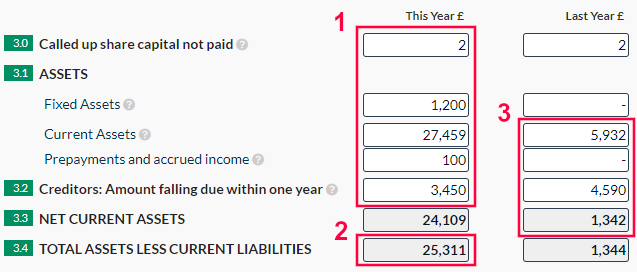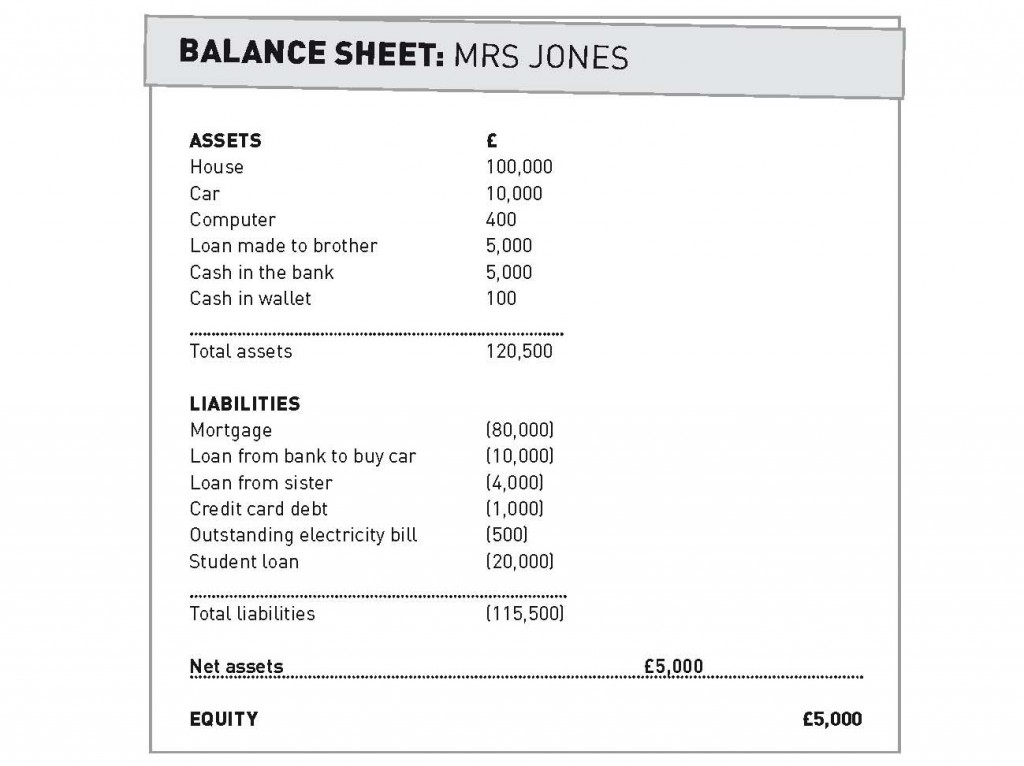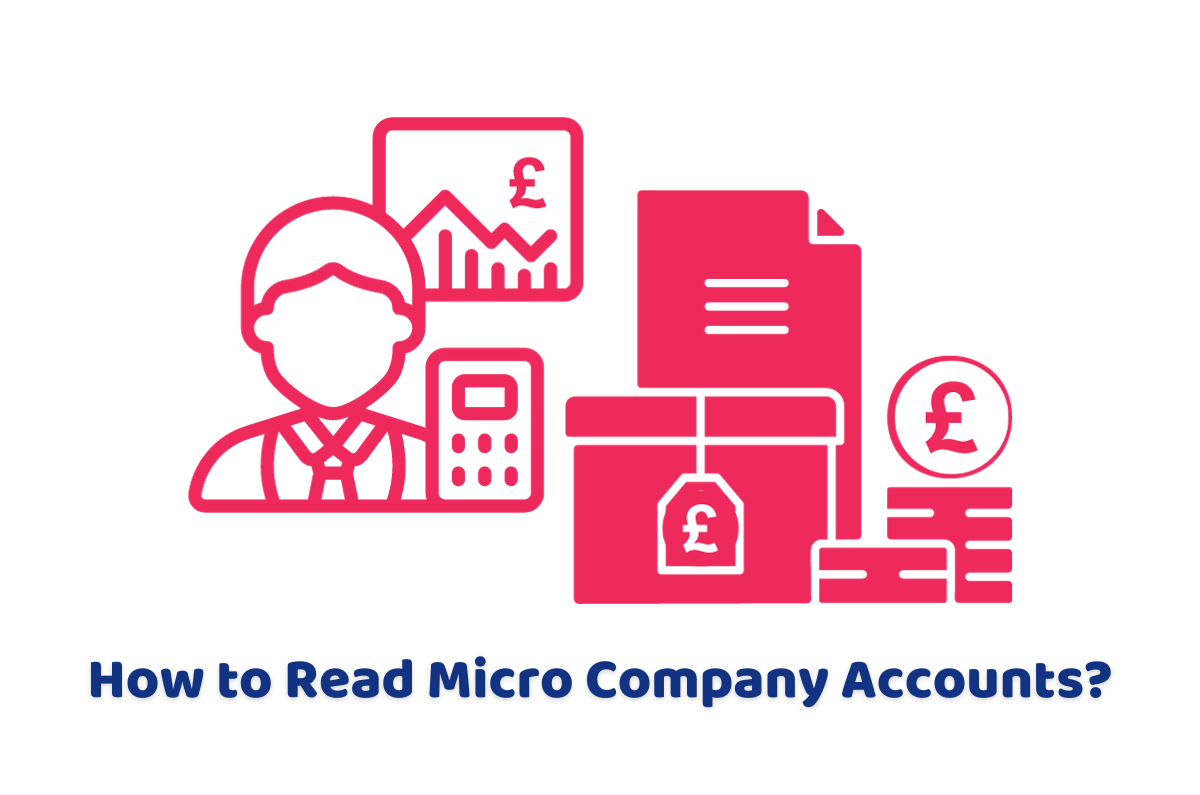Are you feeling overwhelmed by the thought of deciphering micro company accounts? You’re not alone.
Many people find these financial statements daunting, yet understanding them is crucial for making informed business decisions. Whether you’re a small business owner, an investor, or someone curious about the financial health of a micro company, knowing how to read these accounts can empower you with the insights you need.
Imagine the confidence you’ll gain by effortlessly navigating through these documents, spotting opportunities, and avoiding potential pitfalls. We’ll break down the process into simple, digestible steps, guiding you every step of the way. Get ready to unlock the secrets behind micro company accounts and take control of your financial knowledge.
Understanding Micro Company Accounts
Micro company accounts are simple financial records. They help track money and assets. Small businesses use them to report income and expenses. These accounts show if a company makes profit or loss. Owners use them to make smart choices. It’s easier to see where money goes. They help in planning the future. Knowing the purpose is key. It helps in understanding business health.
Micro accounts offer many benefits. They save time and money. Small businesses need less paperwork. This makes it easy to manage finances. Errors are less likely. It helps in making fast decisions. Tax filing becomes easier. Owners understand their business well. They can plan better with clear records. Growth becomes easy to track. Small firms can use resources wisely.

Credit: easydigitalfiling.com
Legal Requirements
Micro companies are tiny businesses. They must meet specific criteria. The company must have less than 10 employees. The turnover should be less than £632,000. The balance sheet total should be under £316,000. They must follow these rules to stay compliant.
Micro companies have filing duties. They must file accounts yearly. They need to send them to Companies House. These accounts must be simple. They include a balance sheet and notes. They must be filed within nine months. This keeps the company in good standing.
Key Components Of Micro Company Accounts
The balance sheet shows what a company owns and owes. Assets are what the company owns. Liabilities are what the company owes. Equity is the owner’s share in the company. Assets must equal liabilities plus equity. This balance keeps the company stable.
This account shows if a company makes money or not. Revenue is the money from selling goods or services. Expenses are the costs to run the business. If revenue is more than expenses, there is a profit. If expenses are more than revenue, there is a loss.
Notes explain numbers in the financial statements. They give extra details about important items. Notes help understand the balance sheet and profit and loss account. They are important for making smart decisions.

Credit: corporatewatch.org
Interpreting Financial Statements
The balance sheet shows what a company owns and owes. Assets are things the company owns. Liabilities are what the company owes. The difference is equity. This shows the company’s net worth. Check if assets are more than liabilities. This means the company is in good shape.
The profit and loss statement shows money coming in and going out. Revenue is money the company earns. Expenses are what the company spends. Profit is revenue minus expenses. A higher profit is good. It means the company is making money. Look for patterns over time. It helps understand trends.
Check if the company has more assets than debts. Look at the profit trend over years. A stable or growing profit is good. This means the company is healthy. Compare these numbers with similar companies. It gives a better picture of the company’s health.
Common Mistakes And How To Avoid Them
Many people make mistakes in financial reports. Numbers might be wrong. Or they leave out important details. Always double-check your work. Ensure every number is correct. Include all necessary information. This helps in making clear reports.
Sometimes, people read data the wrong way. They think it means something it doesn’t. Understand what each number tells you. Each number has its own story. Ask questions if you are unsure. Better to be clear than confused. This way, mistakes are avoided.
Tools And Resources For Reading Accounts
Many software tools help read micro company accounts. These tools simplify complex numbers. They show data in easy charts. QuickBooks and Xero are popular choices. They offer clear reports. They also help track expenses. Using these tools makes tasks easier. Some tools have free versions. Paid versions have more features. Choose one that fits your needs.
Learning resources can help understand accounts better. Books and online courses explain financial terms. They use simple language. They offer examples and practice exercises. Khan Academy and Coursera have good courses. These resources improve your skills. They help you read accounts with confidence. Some resources are free. Others may cost money. Find one that suits your budget.
Future Trends In Micro Company Accounting
Smart software helps accountants work faster. It can do math tasks quickly. Cloud systems store files safely. People can see them anytime. Apps make accounting easy. They help with money records. AI tools offer advice on spending. They suggest ways to save. Online platforms show financial reports. Everyone can understand them.
Rules guide how accounts are made. Governments update these often. New laws keep money records clear. They ensure honesty. Small firms must follow them. Changes can be big or small. Accountants learn new methods. They adapt to stay correct. Clear rules help everyone. They make accounting simple.

Credit: www.accountingfirms.co.uk
Frequently Asked Questions
What Are Micro Company Accounts?
Micro company accounts are simplified financial statements for small businesses. They include a balance sheet and limited notes. These accounts are designed to reduce the administrative burden on small enterprises. They provide essential financial information while maintaining privacy, as detailed profit and loss accounts are not required.
How Do You Read A Balance Sheet?
To read a balance sheet, focus on assets, liabilities, and equity. Assets are what the company owns, while liabilities are what it owes. Equity represents the owner’s interest. Comparing these elements helps assess financial health and stability. Look for trends and ratios for deeper insights.
Why Are Micro Accounts Important?
Micro accounts provide a streamlined reporting option for small businesses. They reduce administrative costs and simplify compliance. By focusing on essential financial data, businesses can maintain privacy. This enables owners to concentrate on growth and operations, while still meeting regulatory requirements.
What Information Is Included In Micro Accounts?
Micro accounts include a simplified balance sheet and limited notes. They exclude detailed profit and loss statements. This format provides essential financial information while maintaining privacy. The balance sheet shows assets, liabilities, and equity, offering a snapshot of financial health without overwhelming detail.
Conclusion
Reading micro company accounts is simpler than you might think. Start with the basics. Understand key terms like assets, liabilities, and equity. This helps in grasping the financial health quickly. Notice cash flow statements to see money movement. Profit and loss statements offer insight into earnings.
Regular practice makes reading these accounts easier. Stay curious and keep exploring. The more you read, the better you get. Remember, each section tells a story. A story about the business’s financial journey. With time, you’ll find these accounts less daunting and more informative.